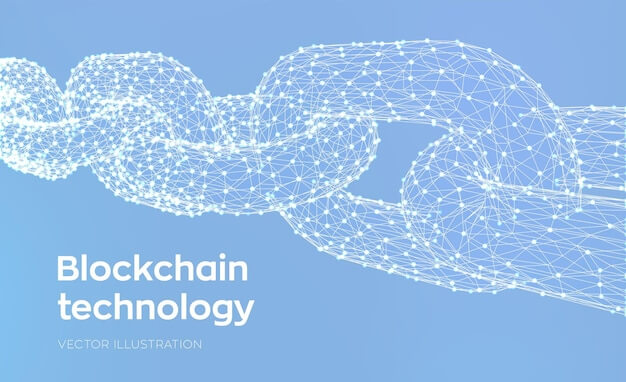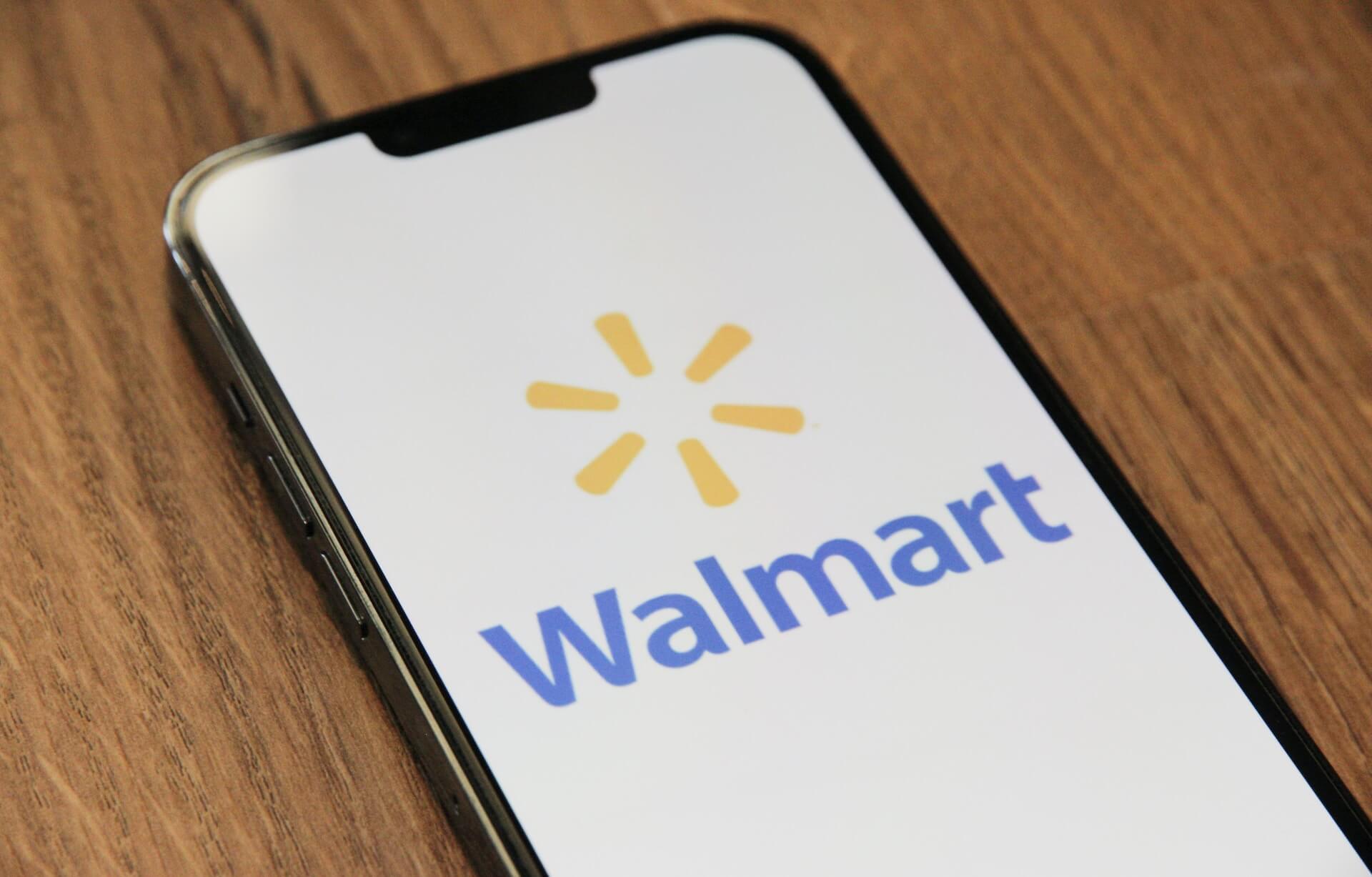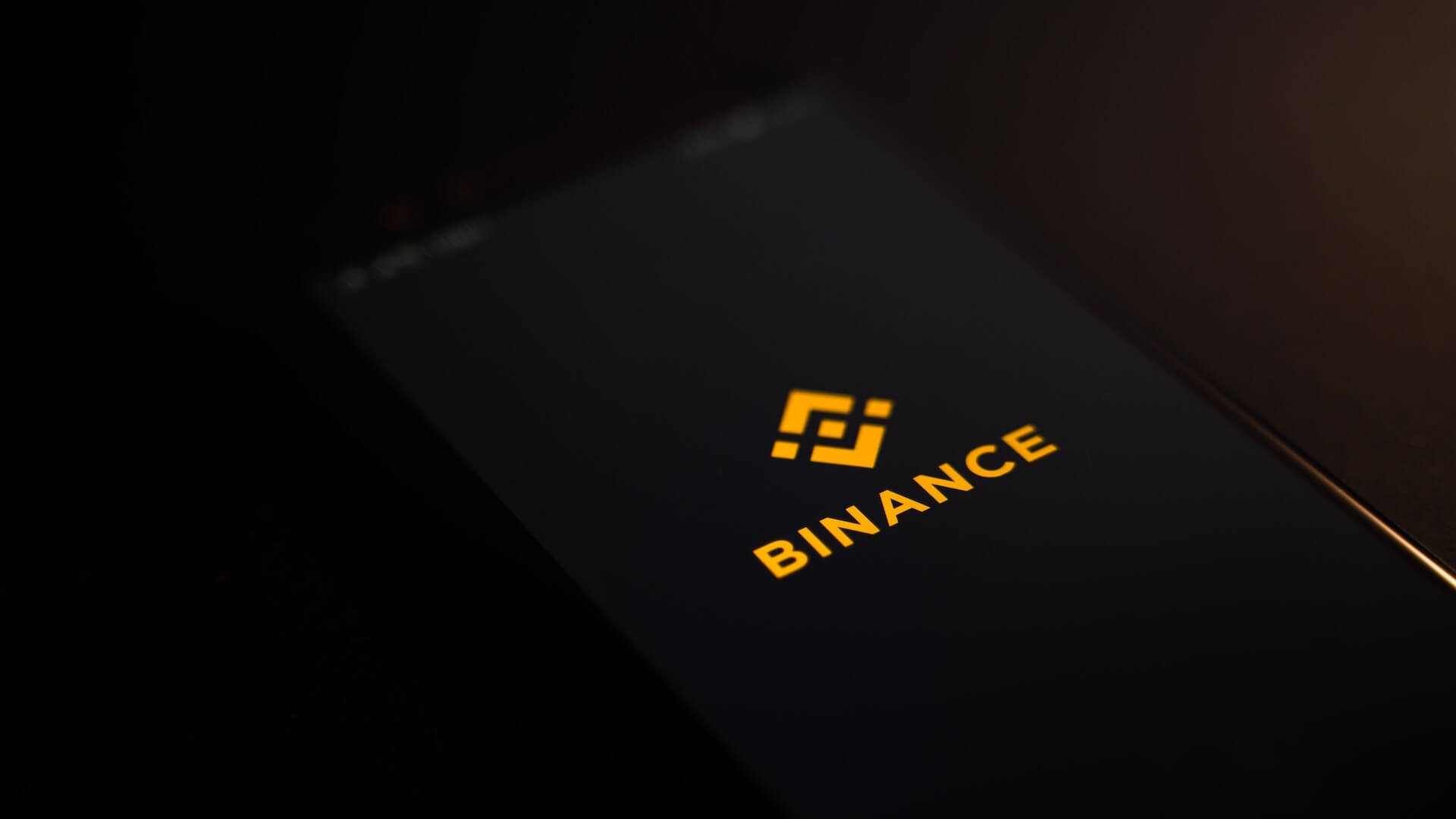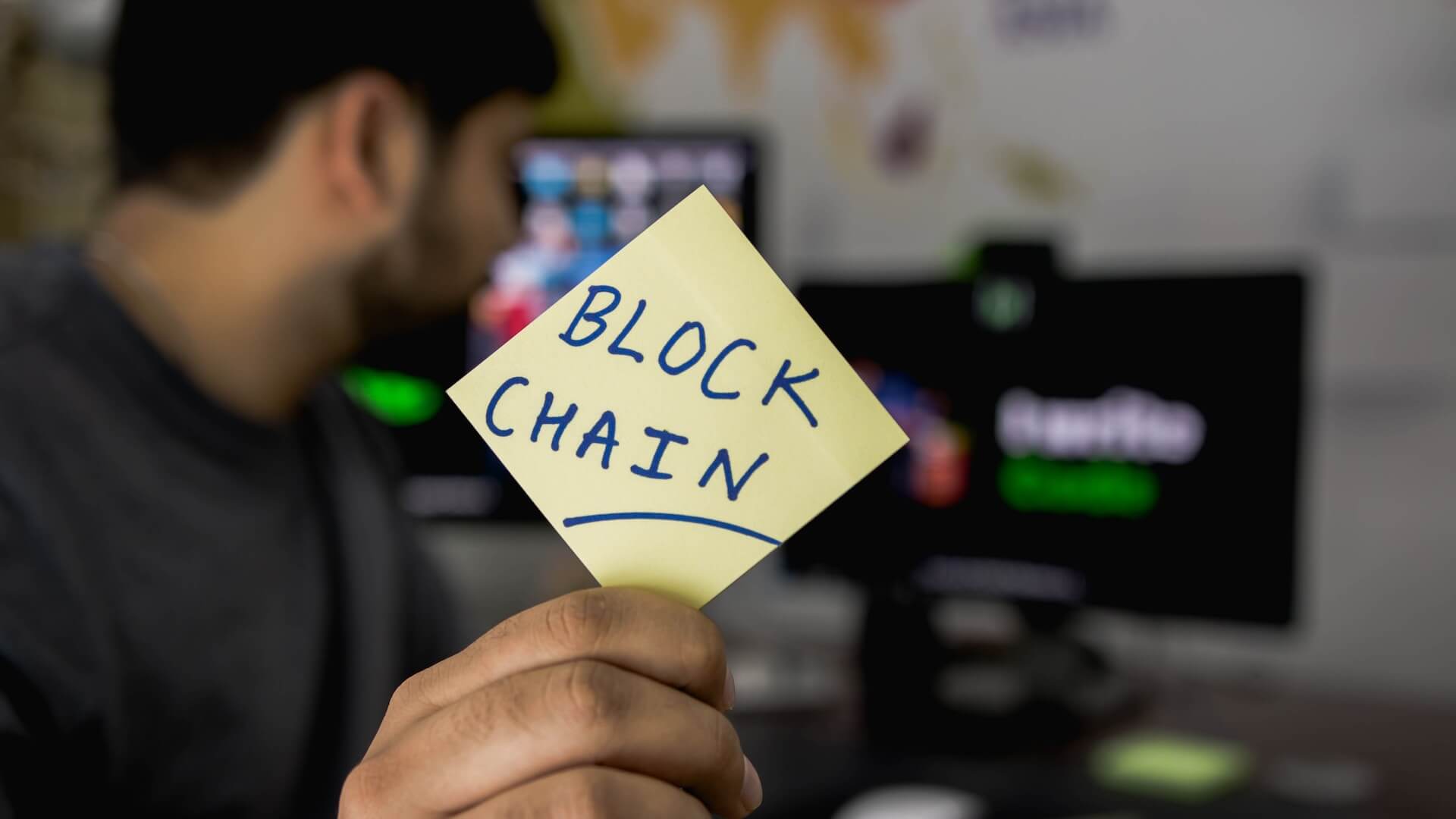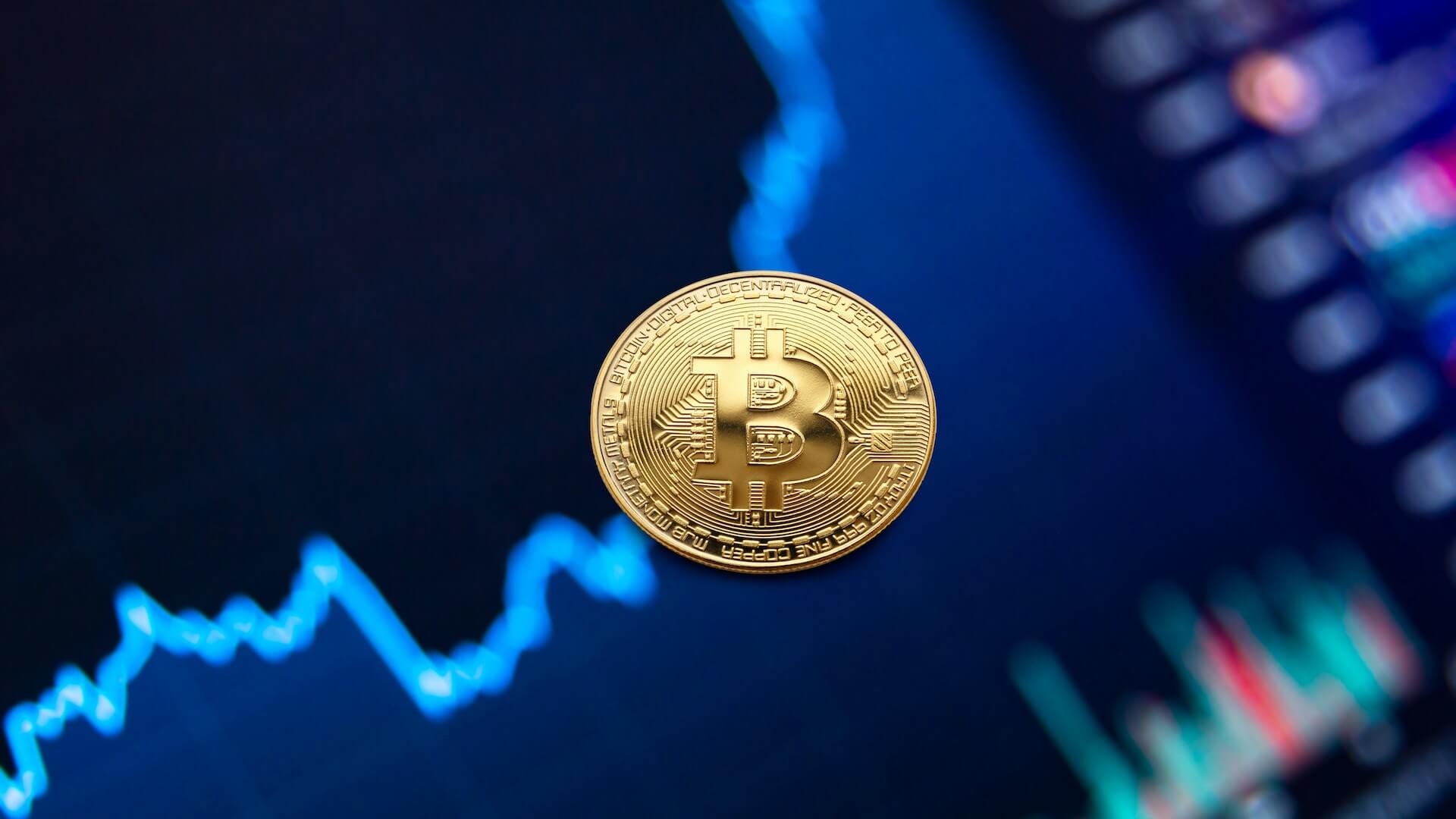
What is the meaning of blockchain payment?
Blockchain payment application model is actually using blockchain network to join traditional financial institutions, foreign exchange market makers, liquidity providers, etc. to the payment network and build it into a payment gateway. Through the payment gateway, the flow of digital assets on the blockchain can be connected with the legal tender in reality to realize that legal assets can be converted into digital assets on the blockchain to facilitate subsequent payment transfers.
Through the blockchain payment system, the current single speculative attribute of crypto digital currency is changed to make the digital currency circulate and create actual commercial and social value. At the same time, it breaks all kinds of restrictions of current settlements, breaks through national borders to speed up the world, makes cross-border trade more efficient, reduces commercial transaction costs, and maximizes corporate profits. Thus, it can solve the direct deposit problem of merchants, large amount payment, and cross-border payment problem.

Introduction to the principle of blockchain payment
Payment is the basic link in the process of capital financing. The potential advantages of using blockchain technology to realize fund transfer, especially in cross-border payment business, are particularly prominent, establishing direct interaction between cross-border payee and payer, simplifying the processing process, realizing real-time settlement, improving transaction efficiency and reducing business costs, thus promoting the development of cross-border micro-payment and other business models.
The entire payment transaction process, from the merchant platform, input amount, acceptor mechanism operation, platform guarantee transaction, and finally in the callback to the user account on the merchant platform.
That is: for each exchange request of user's recharge in blockchain payment, the payment platform randomly matches the acceptor and freezes the equivalent amount of crypto digital assets corresponding to the locked acceptor. After the buyer's payment is completed, the acceptor seller notifies the platform system to unfreeze the released coins after confirming the receipt of the fiat money payment from the buyer, and finally the user gets the amount of recharge on the merchant platform and the whole transaction is completed.

In the above process, the buyer (user) only needs to pay fiat currency to get the equivalent market value of credit on the merchant platform, and the merchant gets the crypto digital assets purchased by the buyer (user) in fiat currency and then completes the whole payment process.
As we all know, the problem of traditional cross-border payment is that there are too many participating institutions, and the synergy effect is also poor, the information is also asymmetric, the arrival period is also long, the payment efficiency is relatively low, and the traditional payment cannot adapt to the new cross-border e-commerce real-time cross-border payment requirements.
The blockchain is essentially a distributed and trusted database maintained by multiple parties, so the blockchain transaction architecture can substantially lock the transaction time and also enable real-time monitoring to better prevent the occurrence of payment risks.

